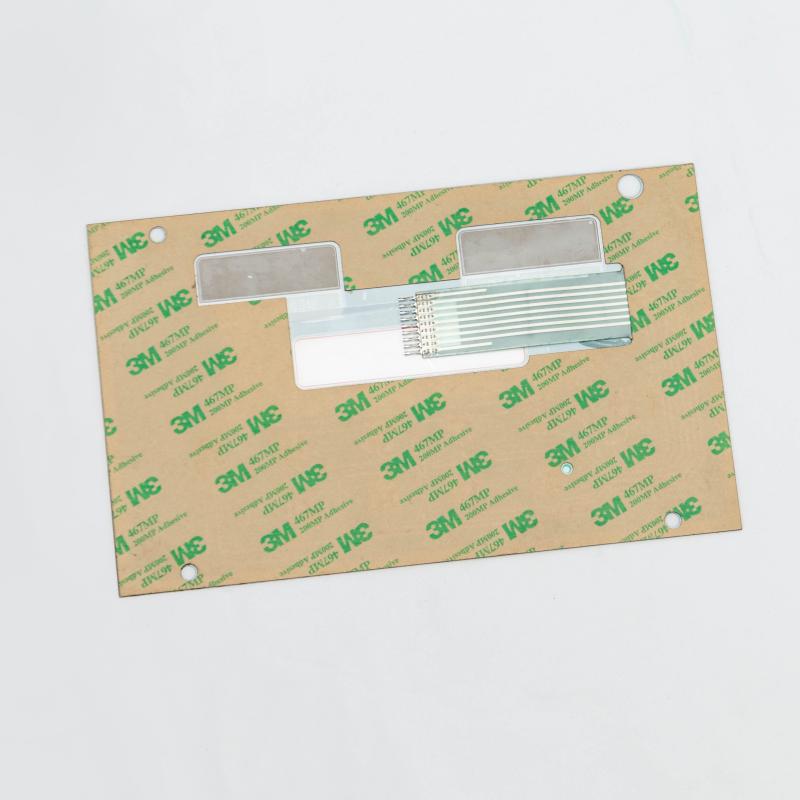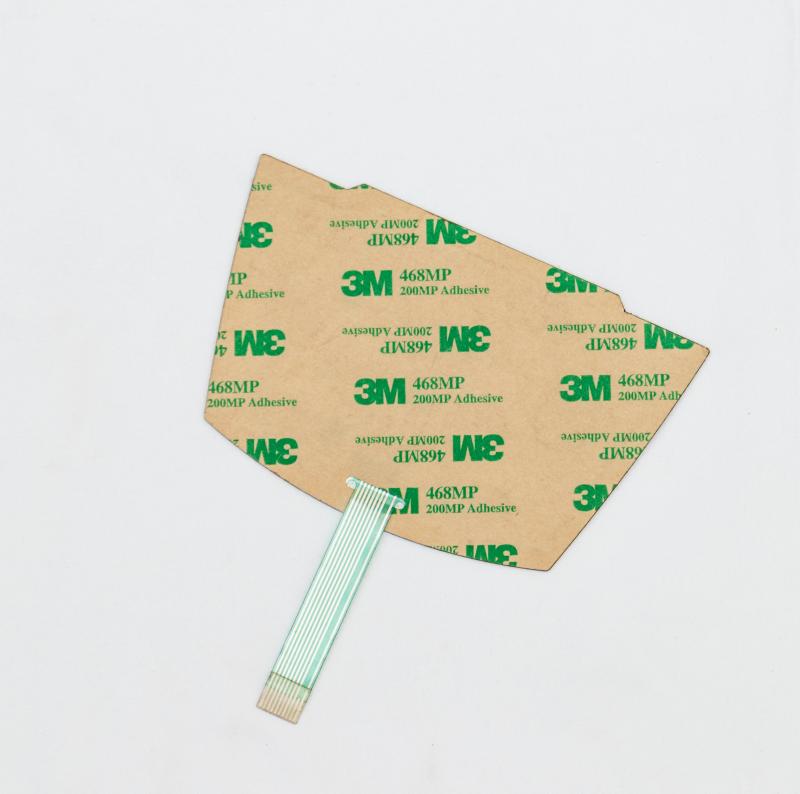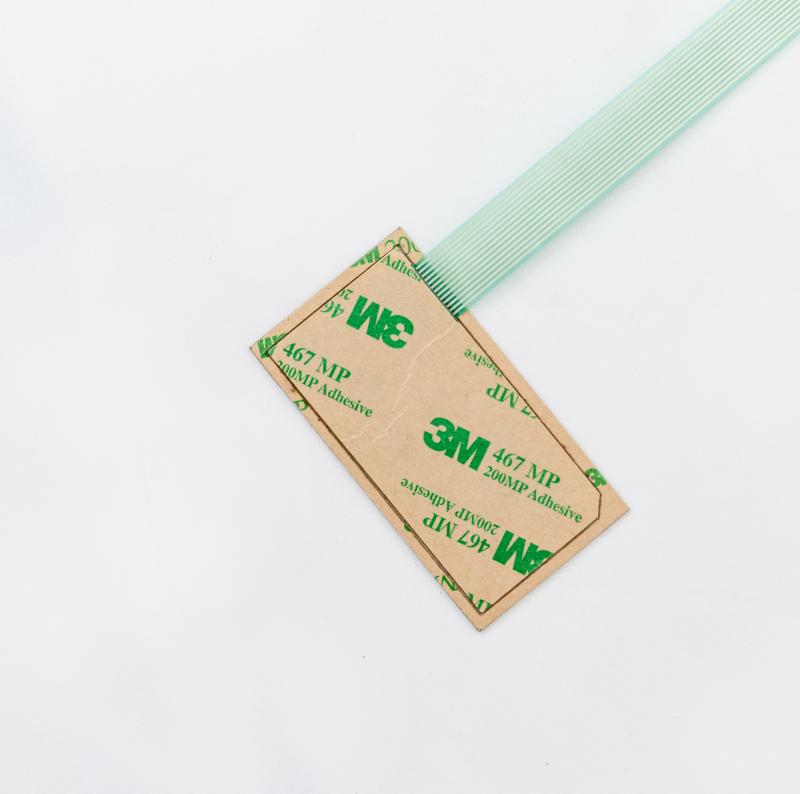Contact
Write to Us And We Would Be Happy to Advise You.
Do you have any questions, or would you like to speak directly with a representative?
By hqt
Membrane switches are an essential component in a range of electronic devices, from medical equipment to consumer electronics. The adhesive used in membrane switches plays a crucial role in ensuring their longevity and functionality. In this article, we will discuss the two main types of adhesive products used for membrane switches – permanent adhesives and removable adhesives.
Permanent adhesives are designed to provide a strong bond that is resistant to extreme temperatures, moisture, and other environmental factors. These adhesives are ideal for applications where the switch will be subjected to frequent use and wear and tear. This type of adhesive is typically made from a mixture of resins, polymers, and other materials, which work together to create a bond that is both strong and durable.
One of the benefits of using a permanent adhesive is that it eliminates the need for additional mechanical fasteners, such as screws or snaps, which can add weight and bulk to the switch assembly. This makes it an ideal choice for applications where size and weight are critical factors.
Another advantage of using a permanent adhesive is that it provides a more aesthetically pleasing appearance. Since there are no visible fasteners, the switch can have a sleek, streamlined look that is more attractive to consumers.



Removable adhesives are designed to provide a temporary bond that can be easily removed without damaging the switch or the surface it is attached to. This type of adhesive is ideal for applications where the switch may need to be removed for maintenance or repair.
One of the benefits of using a removable adhesive is that it provides greater flexibility in the design and assembly of the switch. Since the switch can be easily removed, it can be modified or repaired without having to disassemble the entire device.
Another advantage of using a removable adhesive is that it reduces the risk of damage to the switch or the surface it is attached to. Since the bond can be easily broken, there is less risk of tearing or stretching the switch when it is removed.
In conclusion, both permanent and removable adhesives have their own unique advantages and disadvantages, and the choice of which to use will depend on the specific requirements of the application. Whether you are designing a new membrane switch or upgrading an existing one, it is essential to understand the different types of adhesives available and the benefits they offer. By making an informed decision, you can ensure that your membrane switch is both functional and durable, providing years of reliable service.
Do you have any questions, or would you like to speak directly with a representative?